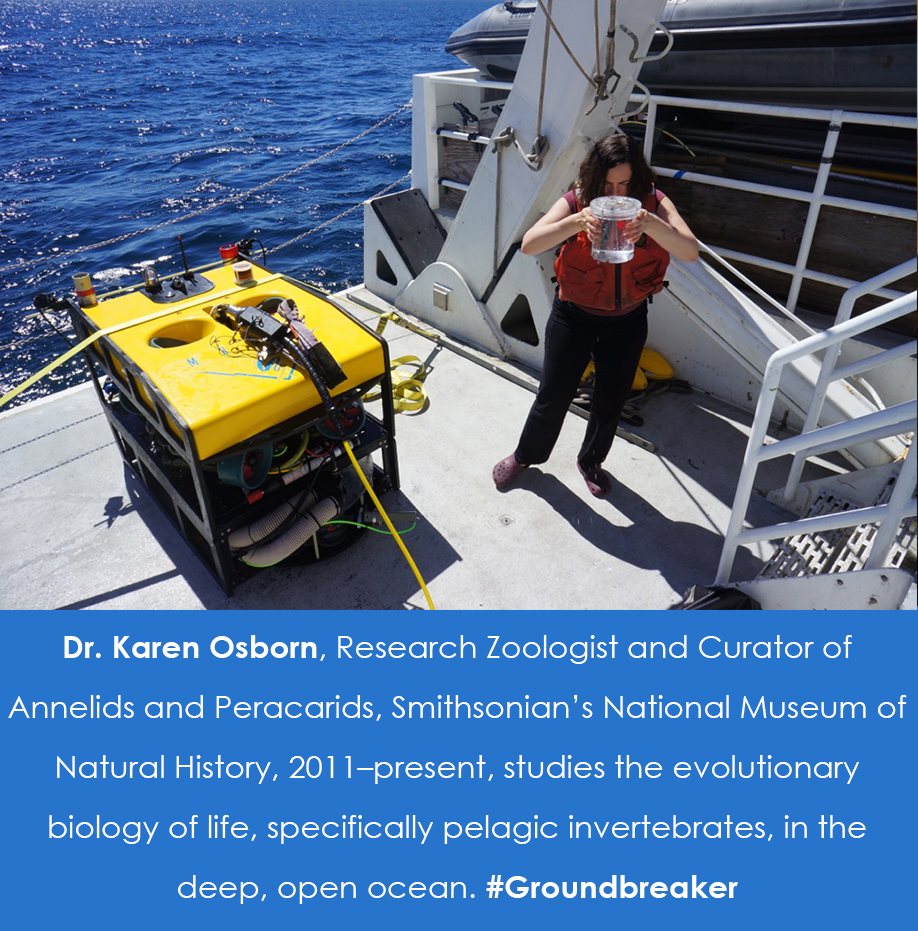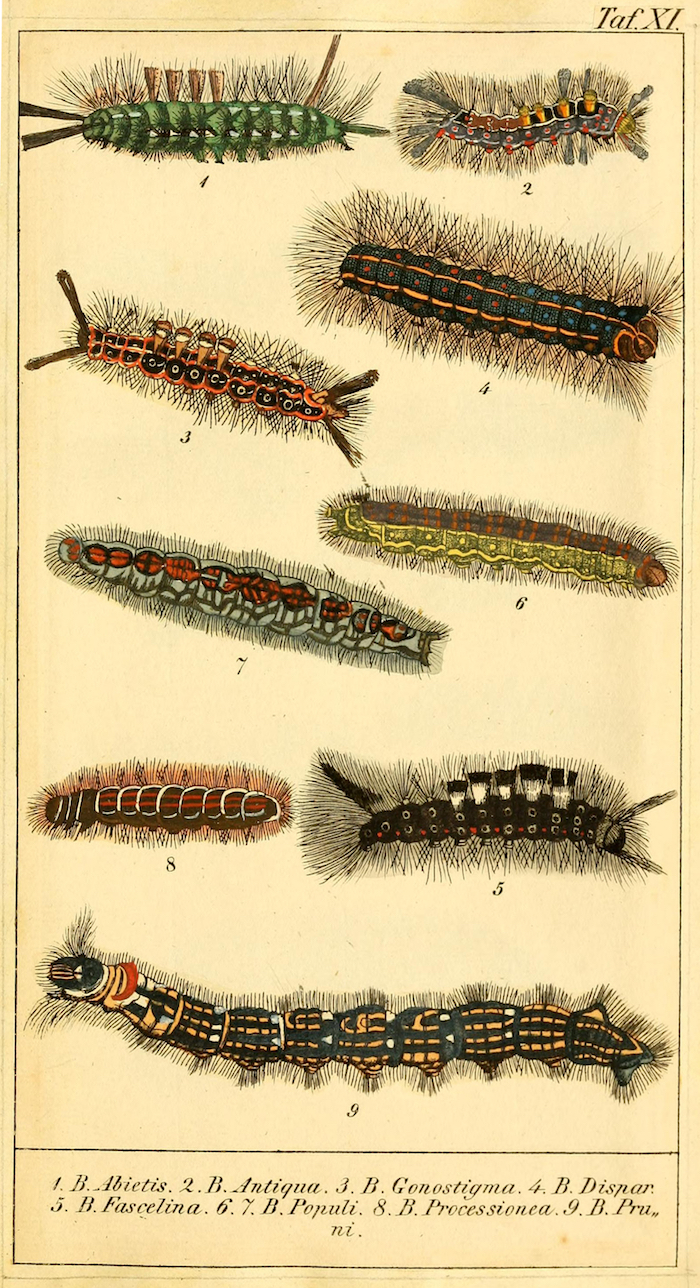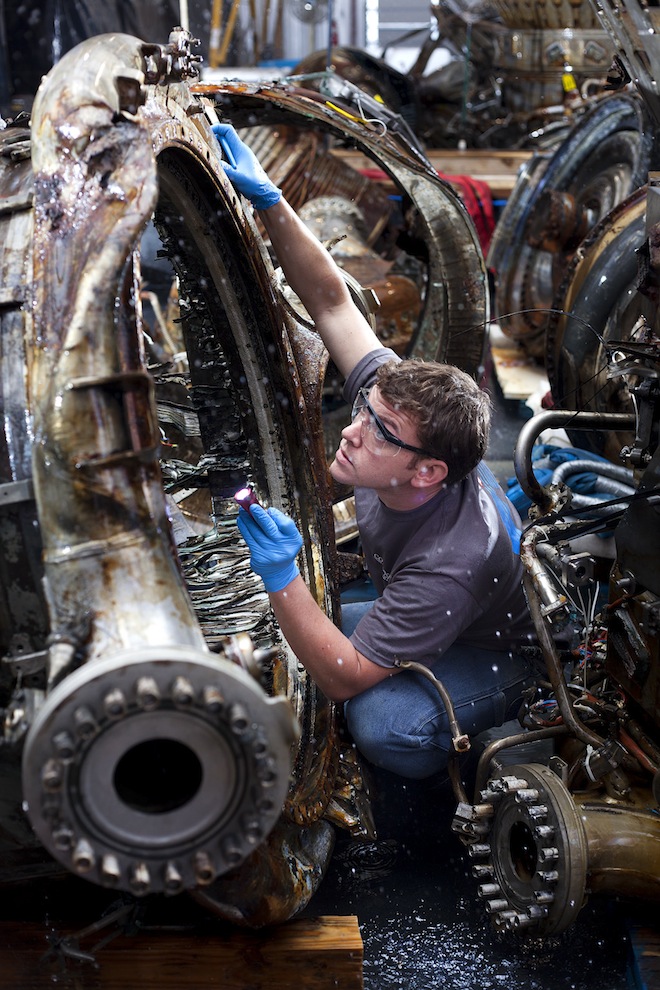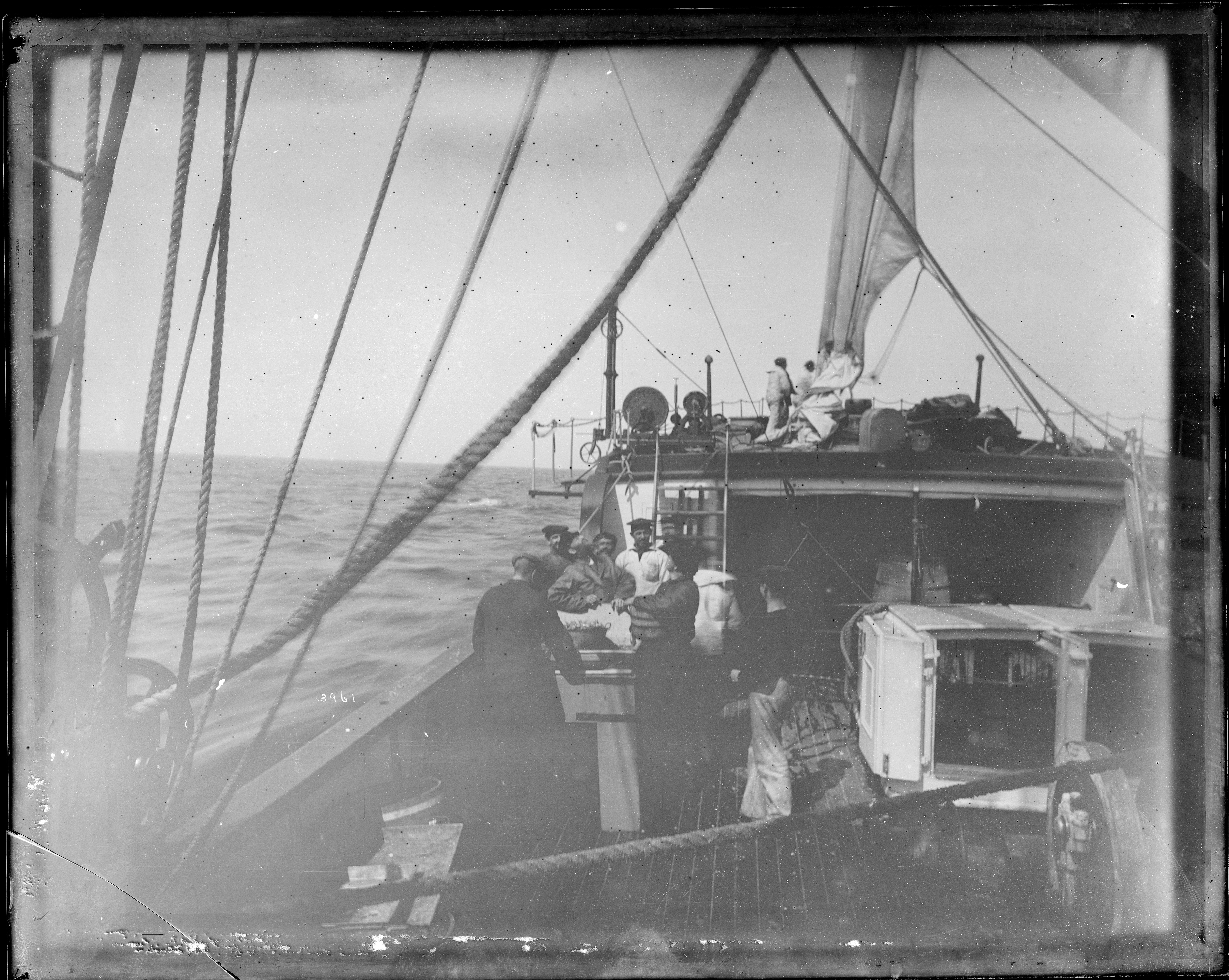Results for "Ocean"

The World Is Yours: Flying the Ocean
- Date: June 23, 2020
- Creator: Kira M. Sobers
- Description: Take a listen to clips from the episode of The World Is Yours titled Flying the Ocean.
- Blog Post
If a huge mass of garbage falls in the ocean and no one sees it, does it exist?
- Date: May 22, 2009
- Creator: Catherine Shteynberg
- Description: The first thing that I thought of when we started discussing our new call for entry, "seeing other worlds," was Google Earth. When Google Earth first came out in 2004, I remember the novelty of being able to zoom into my hometown to point out details to college friends, and having them pan across their own homes and favorite travel spots. We could travel across the globe
- Blog Post
It’s a (sea) Bird!
- Date: August 16, 2013
- Creator: Effie Kapsalis
- Description: Enjoy a collection of images documenting pelagic birds from the Pacific Ocean Biological Survey Program.

Connecting the Oceans: 100th Anniversary of the Panama Canal
- Date: August 14, 2014
- Creator: Pamela M. Henson
- Description: 100 years ago in August of 1914, the Panama Canal opened to commercial shipping. Smithsonian scientists knew the canal would create major environmental changes and have spent the last 100 years documenting them.

A New Perspective from the Field Book Project
- Date: October 18, 2013
- Creator: Effie Kapsalis
- Description: We just launched a new set of images on Flickr Commons documenting the Pacific Ocean Biological Survey.

Wonderful Women Wednesday: Dr. Karen Osborn
- Date: August 26, 2020
- Creator: Emily Niekrasz
- Description: Each week, the Archives features a woman who has been a groundbreaker at the Smithsonian, past or present, in a series titled Wonderful Women Wednesday.

Link Love: 2/2/2018
- Date: February 2, 2018
- Creator: Effie Kapsalis
- Description: Gorgeous rights-free illustrations of caterpillars from a German entomological by Christian Friedrich Vogel volume in the Biodiversity Heritage Library. [via Public Domain Review]A look at the first multispecies experimental coral microcosm in the world installed at our National Museum of Natural History in 1980. [via Ocean Portal]You can explore over 30,000 NY Historic

Link Love: 5/15/2015
- Date: May 15, 2015
- Creator: Mitch Toda
- Description: Link Love: a weekly blog feature with links to interesting videos and stories regarding archival issues, the Smithsonian, and history.
- Blog Post
The Saint Augustine Monster
- Date: August 18, 2010
- Creator: Mary Markey
- Description: What was the Saint Augustine Monster? According to Wikipedia, it was a globster—“an unidentified organic mass that washes up on the shoreline of an ocean or other body of water.” This great-grandaddy of globsters kept cryptozoologists speculating and scientists testing for a century—and a piece of it lives at the Smithsonian. The St. Augustine monster was discovered by two

Link Love: 5/24/2013
- Date: May 24, 2013
- Creator: Mitch Toda
- Description: Link Love: a weekly blog feature with links to interesting videos and stories regarding archival issues, the Smithsonian, and history.
- Blog Post
Road trip!
- Date: June 29, 2011
- Creator: Ellen Alers
- Description: It was July 1880 in Washington, DC and Smithsonian Secretary, Spencer Baird, had fled the city with his family for cool ocean breezes and to study the fishing grounds off the New England coast at Woods Hole on Cape Cod. For those left behind minding the Smithsonian Castle, it was probably hot, humid, and hellish in town and they were in need of relief. Luckily, the proprietors

Archives Puzzles: All Aboard the Albatross
- Date: October 19, 2020
- Creator: Emily Niekrasz
- Description: Have a little fun with images from our collections that have been designated as open access. Anyone can now download, transform, share, and reuse millions of images as part of Smithsonian Open Access.
